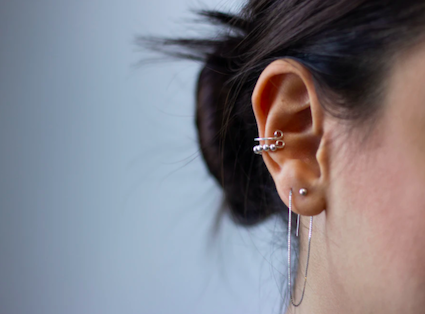I am sitting in my study, moderating a group on a fairly sensitive topic. People are pretty upbeat as they talk about learning to cope with adversity, about drawing strength from within.
But at some point the mood somehow flips. I can sense a fragility, an anxiety. And something tells me I need to reassure them, to steer the conversation in another direction.
Of course, this scenario is familiar to all qual researchers. Focus groups are the descendants of group therapy, after all. And as a moderator you need to be good at reading the temperature of the room.
But how do we do this on Zoom, that highly virtual of rooms? How do we pick up on respondents’ emotions when we’re not in the same physical space?
Well, reflecting on this experience, I think it’s less to do with reading visual cues and more to do with picking up auditory ones.
Listening to the recording, I realise that what I was picking up intuitively during moderation were voices becoming quieter, more uncertain, intermittent silences, slightly forced laughs, pressed enunciation. In short, I was tuning in to audible signals of stress.
In a way this cheers me. Let’s be honest, groups on Zoom are more stilted and moderating is definitely a lot less fun. Plus, we clearly do lose those physical cues we normally rely on for both interaction and interpretation.
However, this is not to say that Zoom is utterly two-dimensional. Sound has a spatial component, filling the room around us. And being better-attuned to auditory cues really can help make up for the lack of other physical signals.
I’m convinced that any good qual researcher already has this skill and is able to hone it. And who knows, months of training our ears and listening more acutely, may even make us better at our jobs when we can return to face-to-face environments and the use of all of our senses.
Sabine Stork is a founding partner of Thinktank International Research
